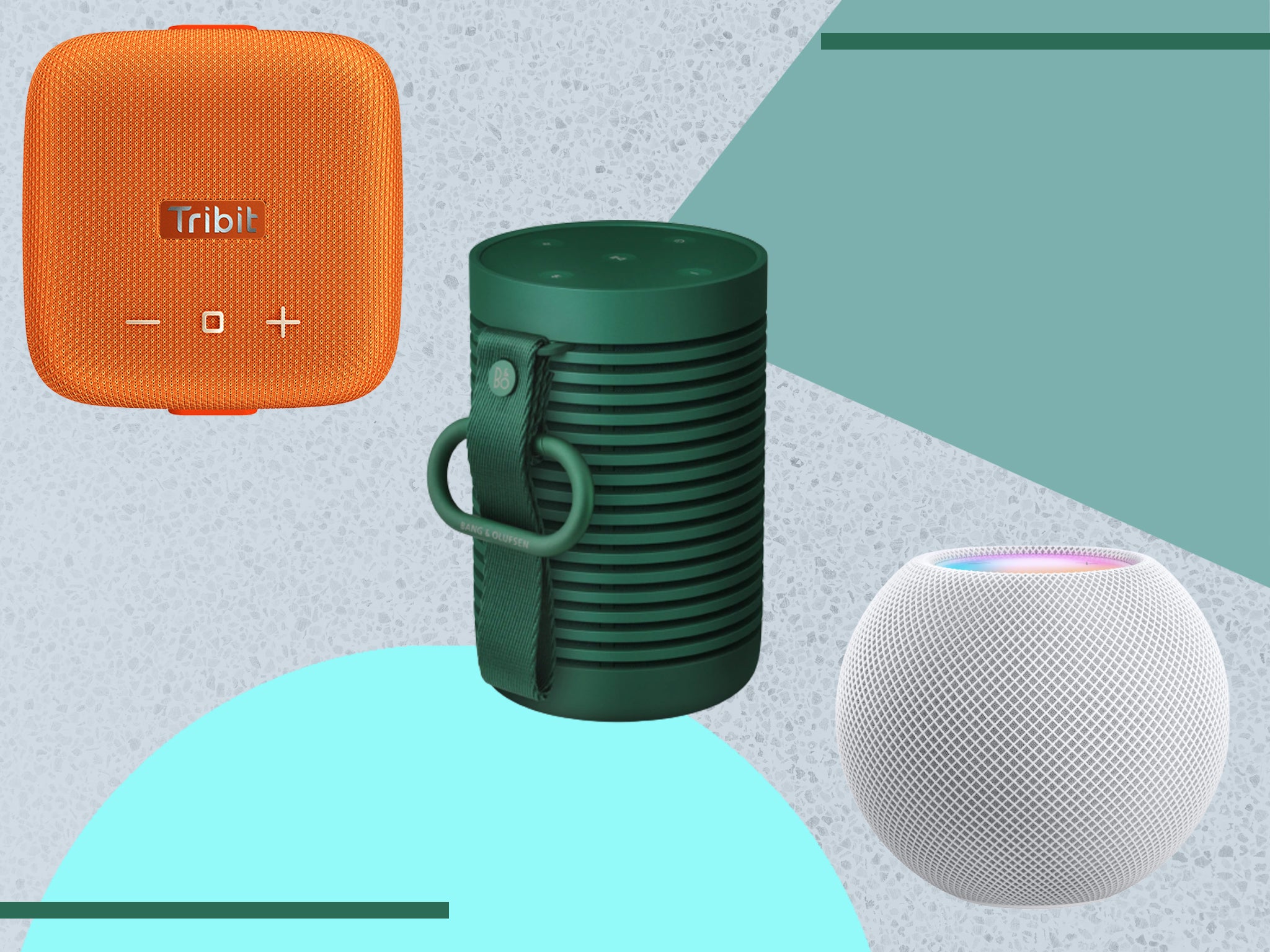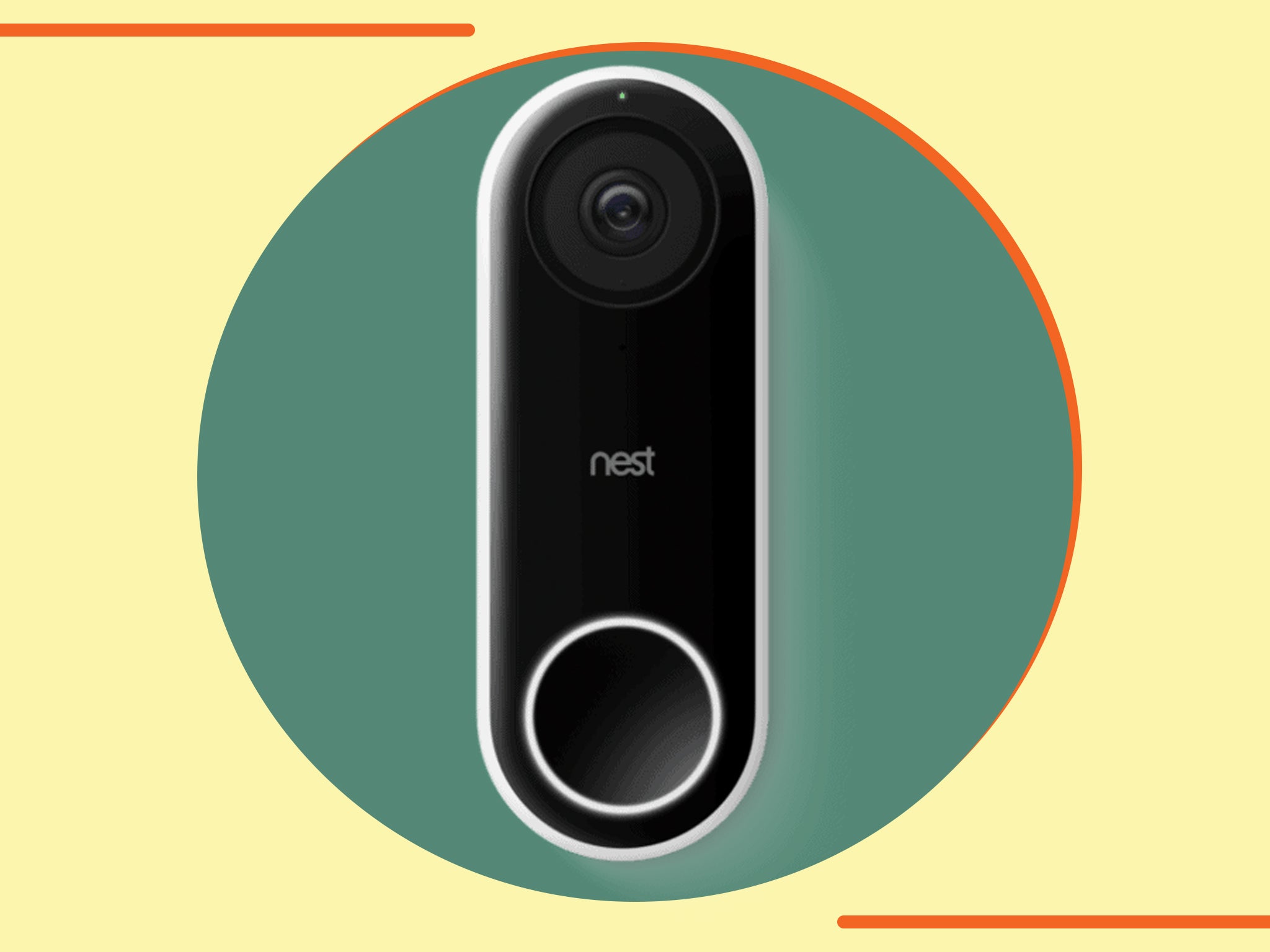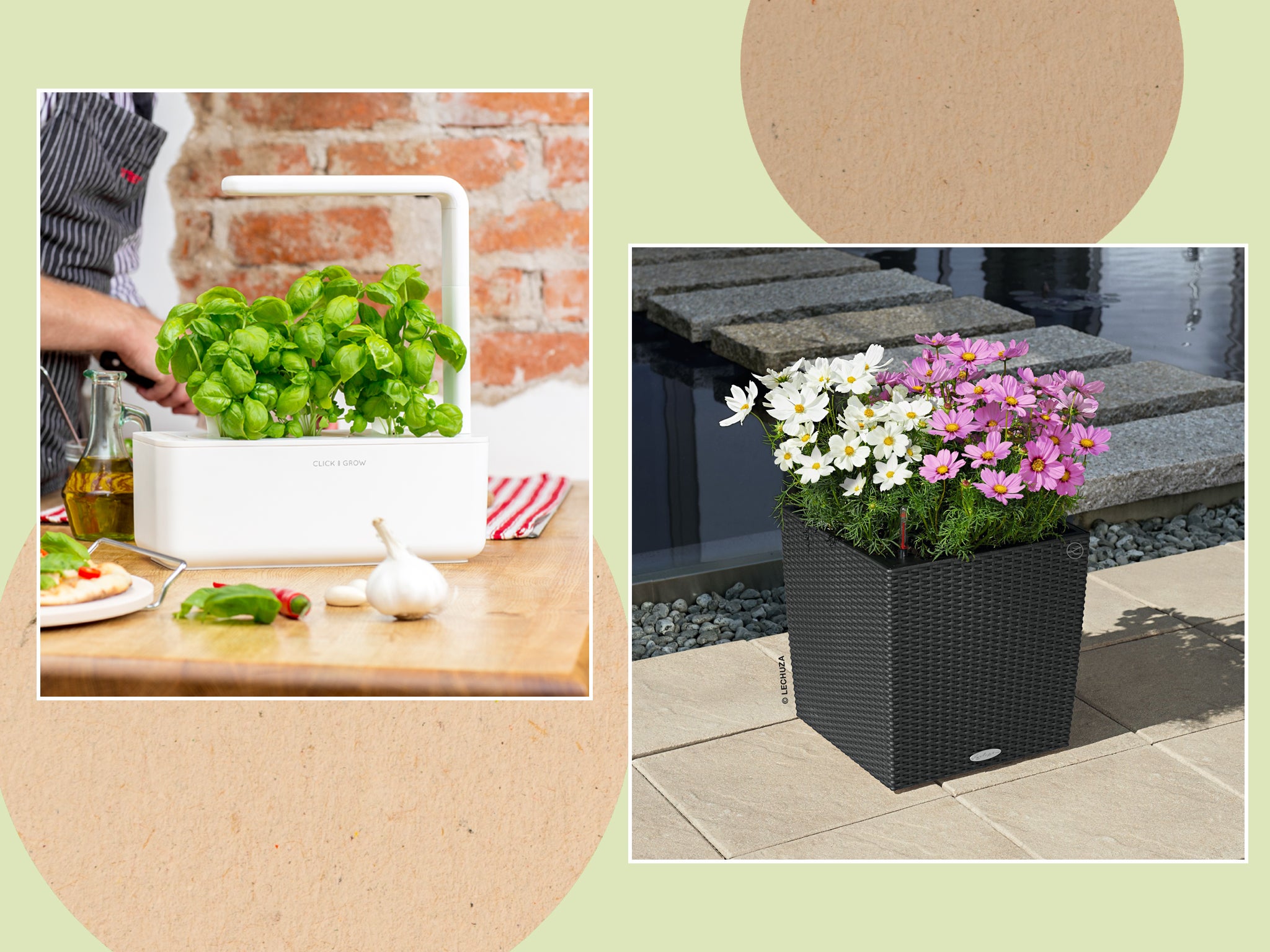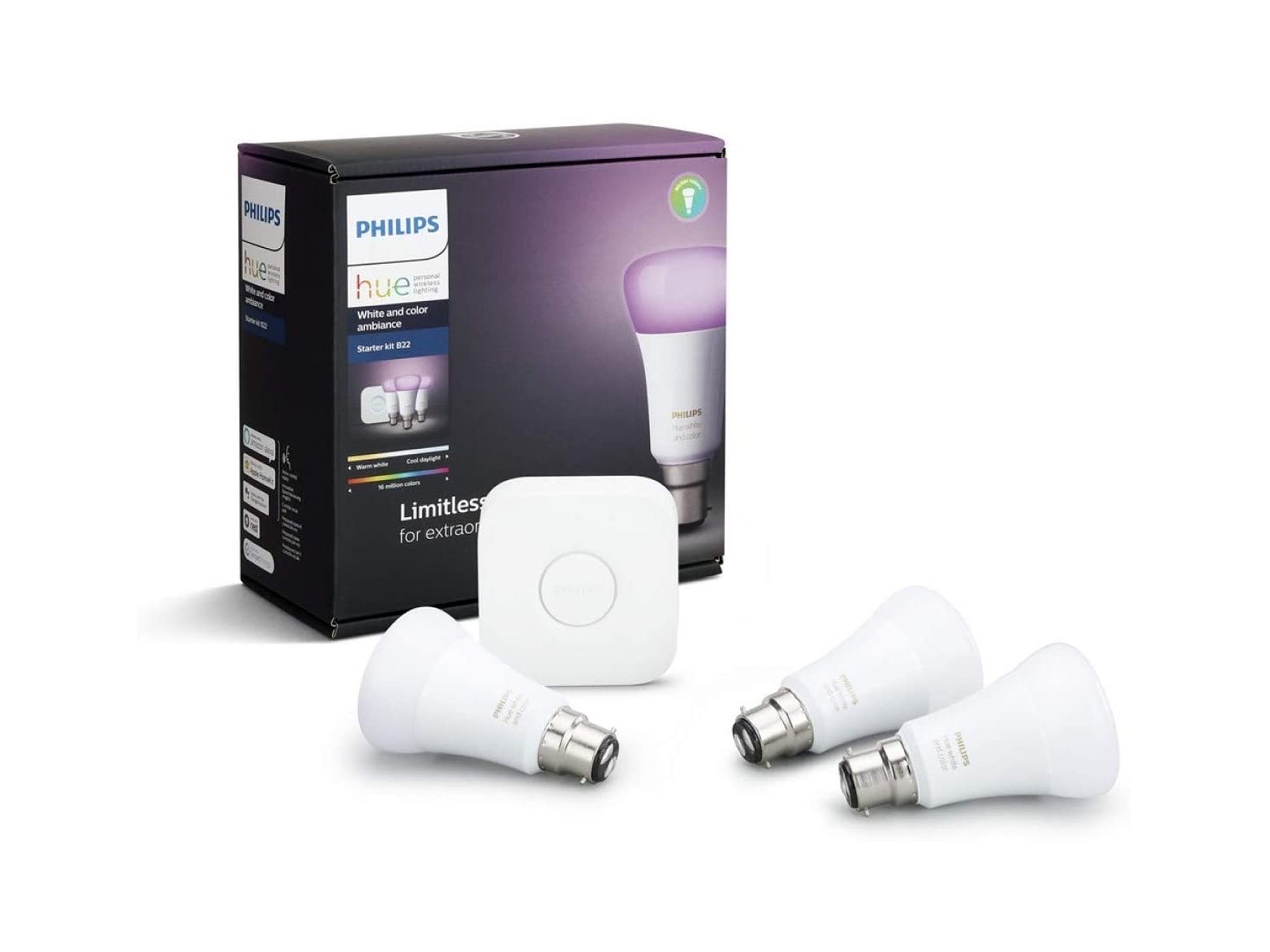
The Independent's journalism is supported by our readers. When you purchase through links on our site, we may earn commission. Why trust us?
How to save money on your energy bills with smart home devices
LED light bulbs and smart thermostats can help cut your electricity bill and save energy
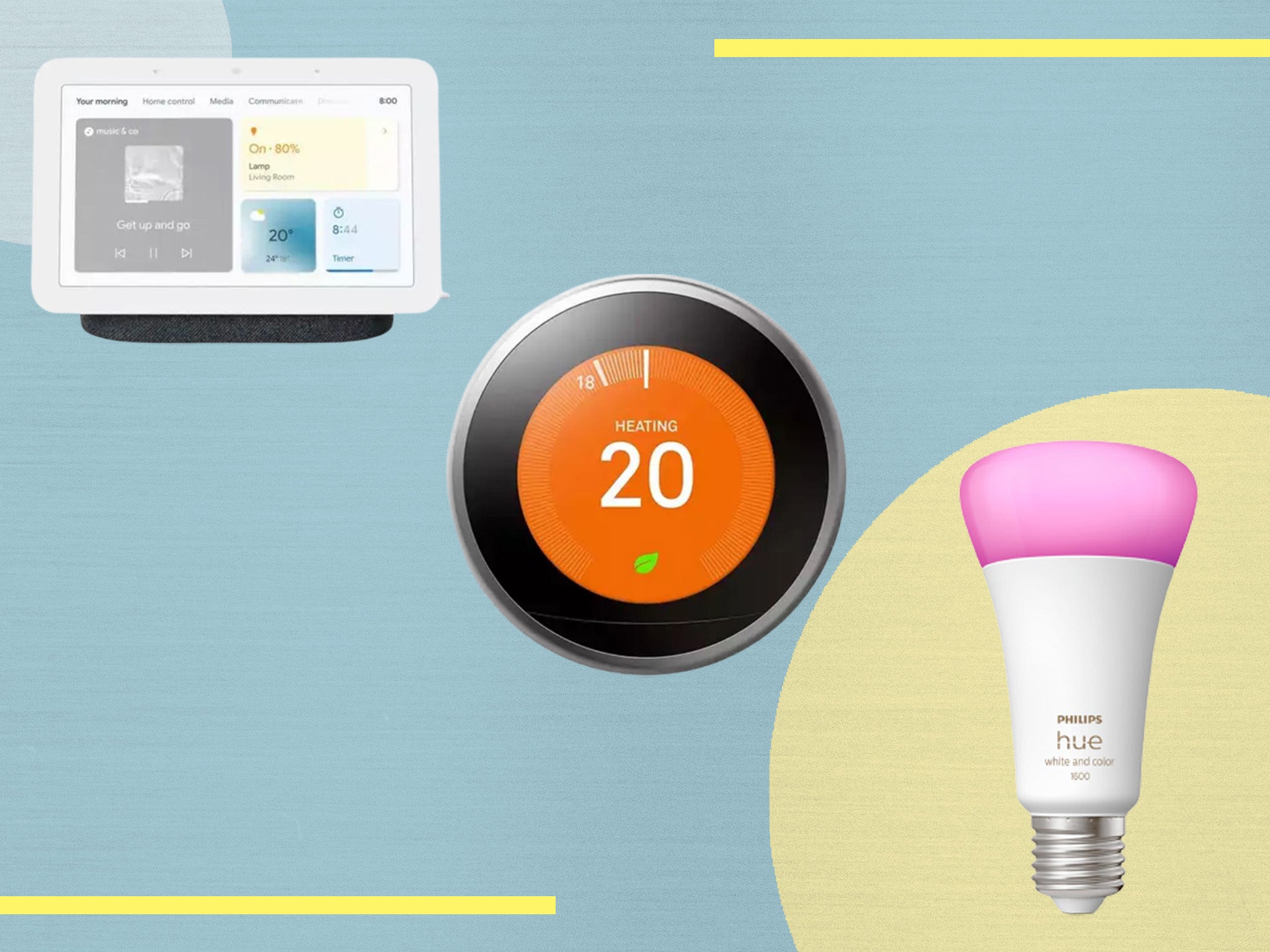
With energy bills rising, the cost-of-living crisis is leading many of us to look for new ways to cut down on our usage, wherever we can. But with prices rising so quickly, can smart home technology make a significant dent in your monthly bill?
The short answer is no. There’s simply no amount of smart home tech that can shield households from the brunt of rocketing energy prices, but certain gadgets can give you a better understanding of when and where your money is being spent, meaning you can make more-informed decisions about your usage.
Smart thermostats that control your hot water and radiators make the biggest impact. These are designed to “learn” when you’re at home, when you’re out, and when you want heat or hot water, and then use that information to build a more-energy-efficient schedule and avoid heating an empty house. They can even keep an eye on the weather forecast to dial back the heating on warm days, or keep your home comfortable on cold mornings.
On the other hand, things such as LED bulbs offer very slim savings. While they’re typically between 10 and 20 per cent cheaper to run than traditional CFL bulbs, lighting accounts for a tiny fraction of your home’s overall energy usage. LED lightbulbs don’t necessarily have to be smart, but the ability to control your lights with your phone or on a schedule helps make sure you’re not wasting light when you’re not around.
Smart home tech won’t save you an enormous sum. Simply using less energy every day will have a much bigger effect on your bill than a full contingent of LED bulbs ever could. But, combined with a smart electricity meter, these smart home gadgets can make you more aware of how and when you’re using electricity, which are the biggest energy-draining culprits, and how best to change your behaviour to cut down bills.
To help you trim down your gas electricity bills as much as possible, we’ve rounded up some of the best energy-saving gadgets from our range of tried-and-tested reviews, including smart LED light bulbs, smart thermostats, smart home devices and smart speakers.
Philips Hue white and colour ambiance starter kit

Philips is the industry leader when it comes to energy saving LED smart bulbs. It offers a huge range of bulbs, with white, dimmable and colour changing lighting solutions designed to fit every room in the home. There are strip lights, sconces, lamps, bathroom lights and even garden lighting to choose from.
Our reviewer was impressed by the versatility of the Hue range, as well the option to keep using your traditional light switch if you prefer. “The bulbs are capable of 16 million colours, so you can choose exactly the shade you like,” they said. “The kit also comes with a battery-powered light switch that can be mounted on the wall, which is handy if you are away and someone in the house is not so tech literate. You can expand the range as you are ready, with dozens of bulbs able to talk to the same Hue bridge.”
Hive lighting starter pack
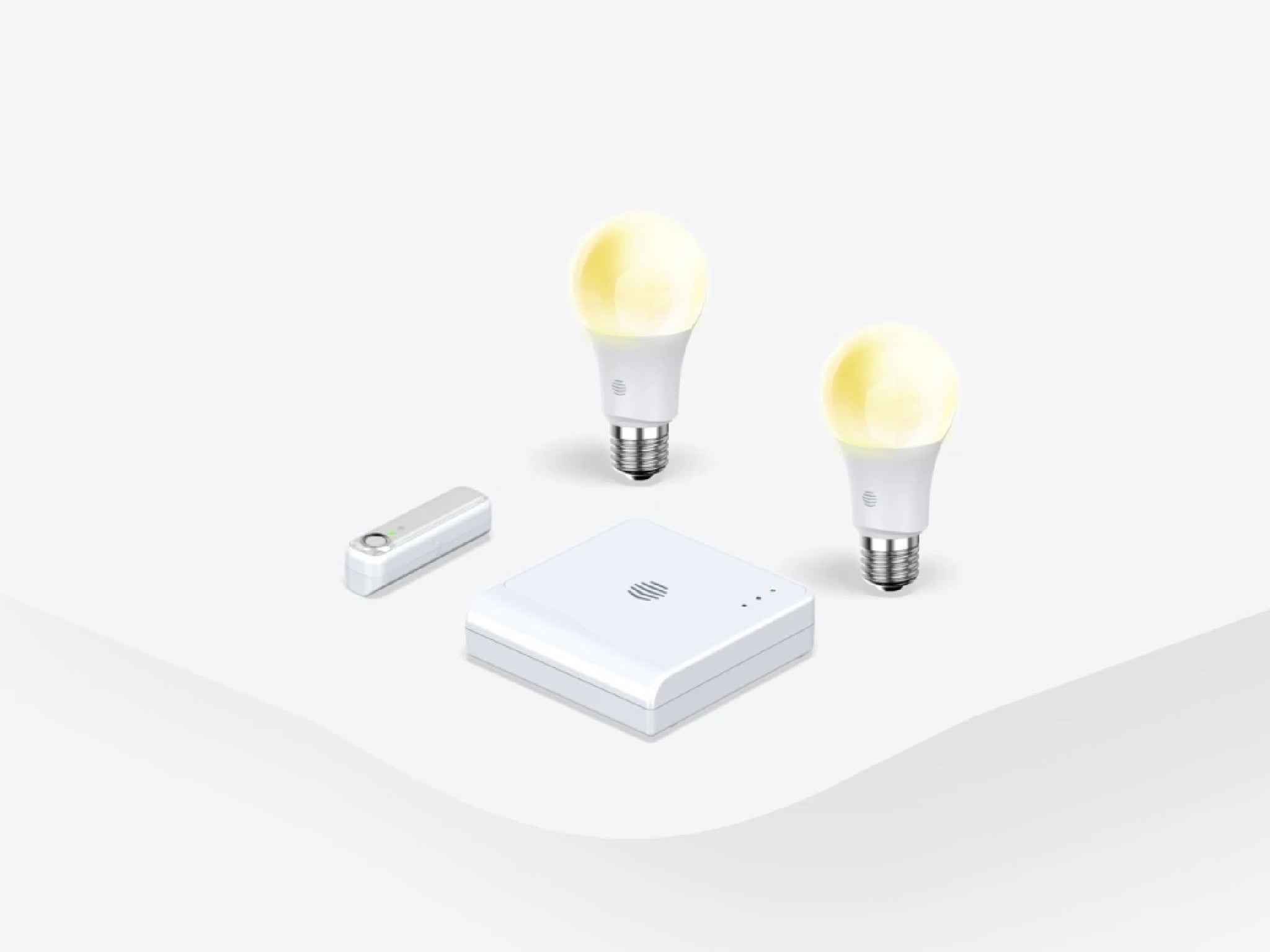
Another huge name in smart bulbs, Hive is owned by British Gas so you might be familiar with the tech if you’re already a customer. You can still use Hive smart home tech no matter which utilities provider you’re with however, and this lighting starter pack comes with everything you need to get set up for the first time.
In our round-up of the best smart bulbs, our tester praised their compatibility with rival products. “The bulbs come in different versions and fittings, so you can choose ones that are just dimmable, or go for full-colour bulbs if you prefer. They are very easy to set up and have decent features: you can set them to turn off and on to mimic what it looks like when somebody’s home,” they wrote.
Our reviewer also noted that “the app is comprehensive and straightforward, and even works with Philips Hue bulbs (£169.99, Philips-hue.com), which can be added to the app, but you need the Philips Hue bridge, too”.
Nest learning thermostat
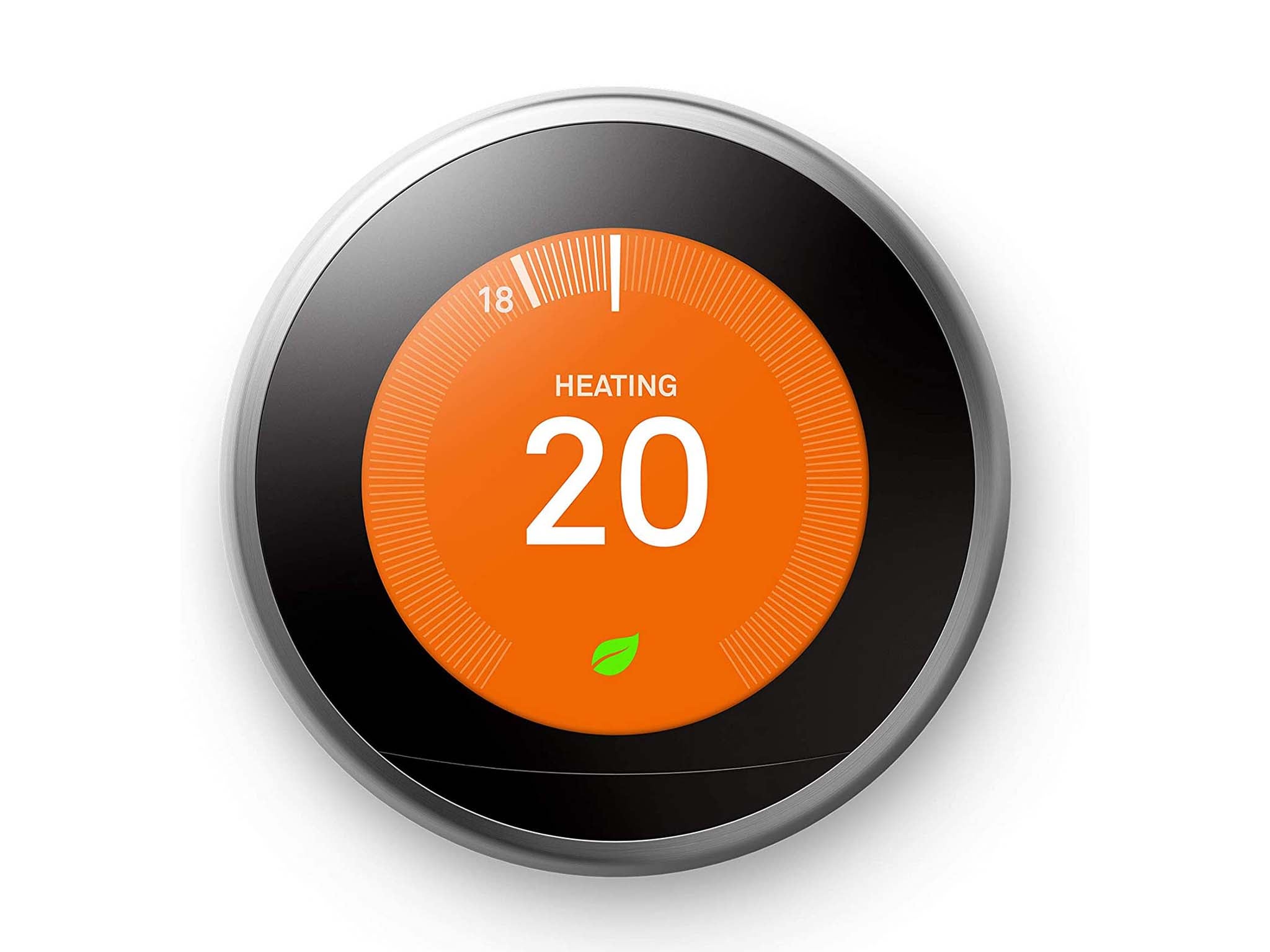
Nest was one the first tech companies to make a thermostat that not only looks pretty on your wall, but helps slash your energy bill by predicting when you want the house to warm up. Once installed you use it as you would a normal thermostat, adjusting it up and down when you’re feeling too warm or too chilly.
After a week or two the thermostat starts adjusting itself based on your movements, pre-warming your house as you’re walking home from the train station and shutting off your radiators before you leave for work in the morning. On top of this, Nest sends you updates about your energy usage compared to users in similar sized homes, awarding you with a little green leaf icon every day you manage to heat your house efficiently.
“It’s very easy to set up and control, with a schedule set up on the Nest smartphone app,” said our tester in our review of the Nest thermostat. “This is sophisticated: choose either that the radiators come on at a set time or that they reach ‘true radiant’, that is the room is at the desired temperature at a certain time, in which case the boiler will kick in earlier.”
Tado smart AC control V3+
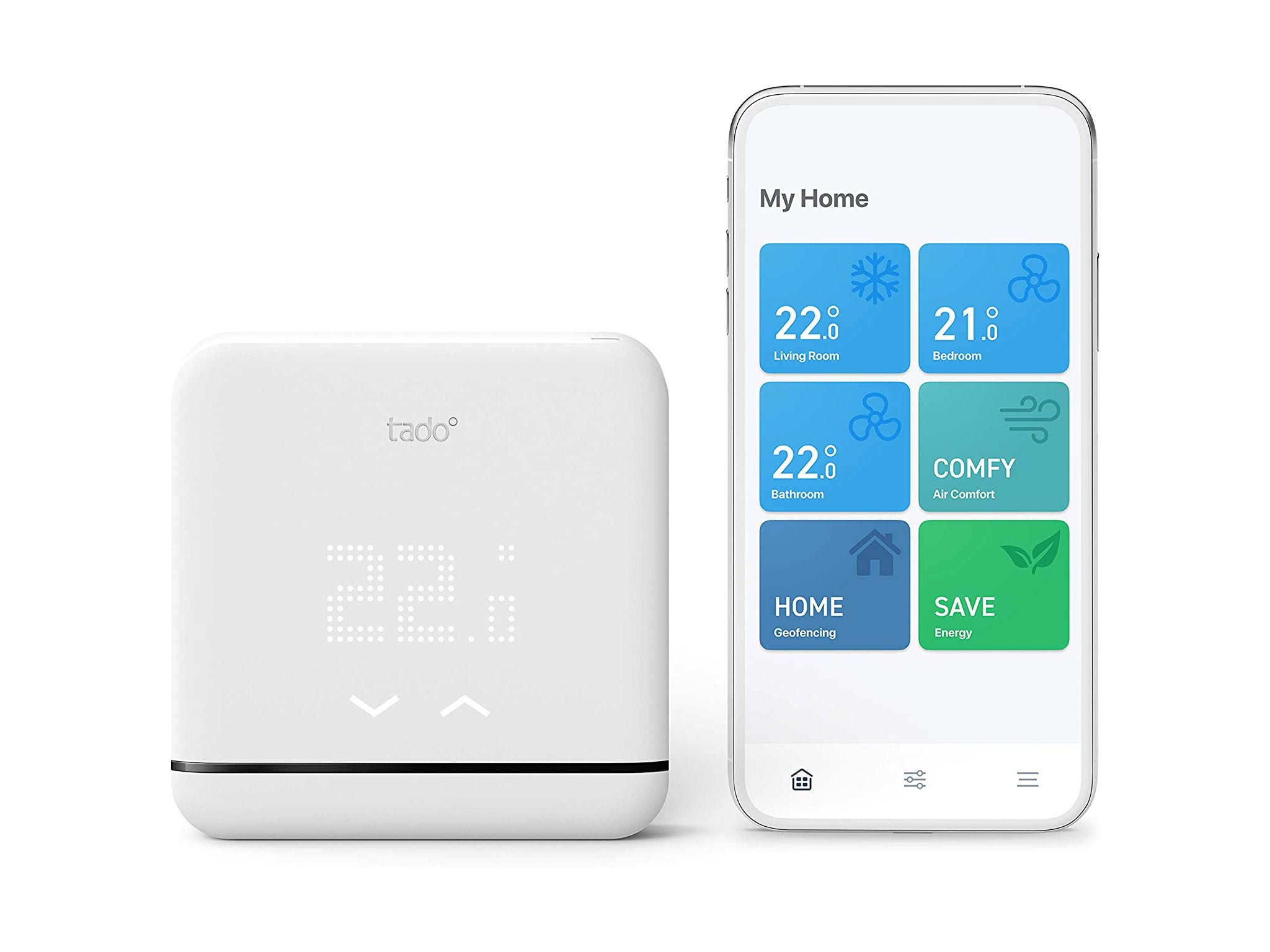
The Tado smart AC control V3+ is a simple and straightforward way to make most dumb air conditioners a fully integrated part of an energy-efficient home.
The Tado smart AC control V3+ is simple to install too. Pop it on the wall near your portable air conditioner, plug it in, connect it to your wifi through the Tado app, point your AC’s remote control at it to “teach” it how to control your AC, and you’re done.
Once set up, you can then control your portable air conditioner using voice commands with Google Assistant, Alexa or Apple Homekit, whether you’re at home or on the other side of the world. Through the app, you can build a cooling schedule to control your home’s temperature throughout the day and over the course of the week.
Hive thermostat
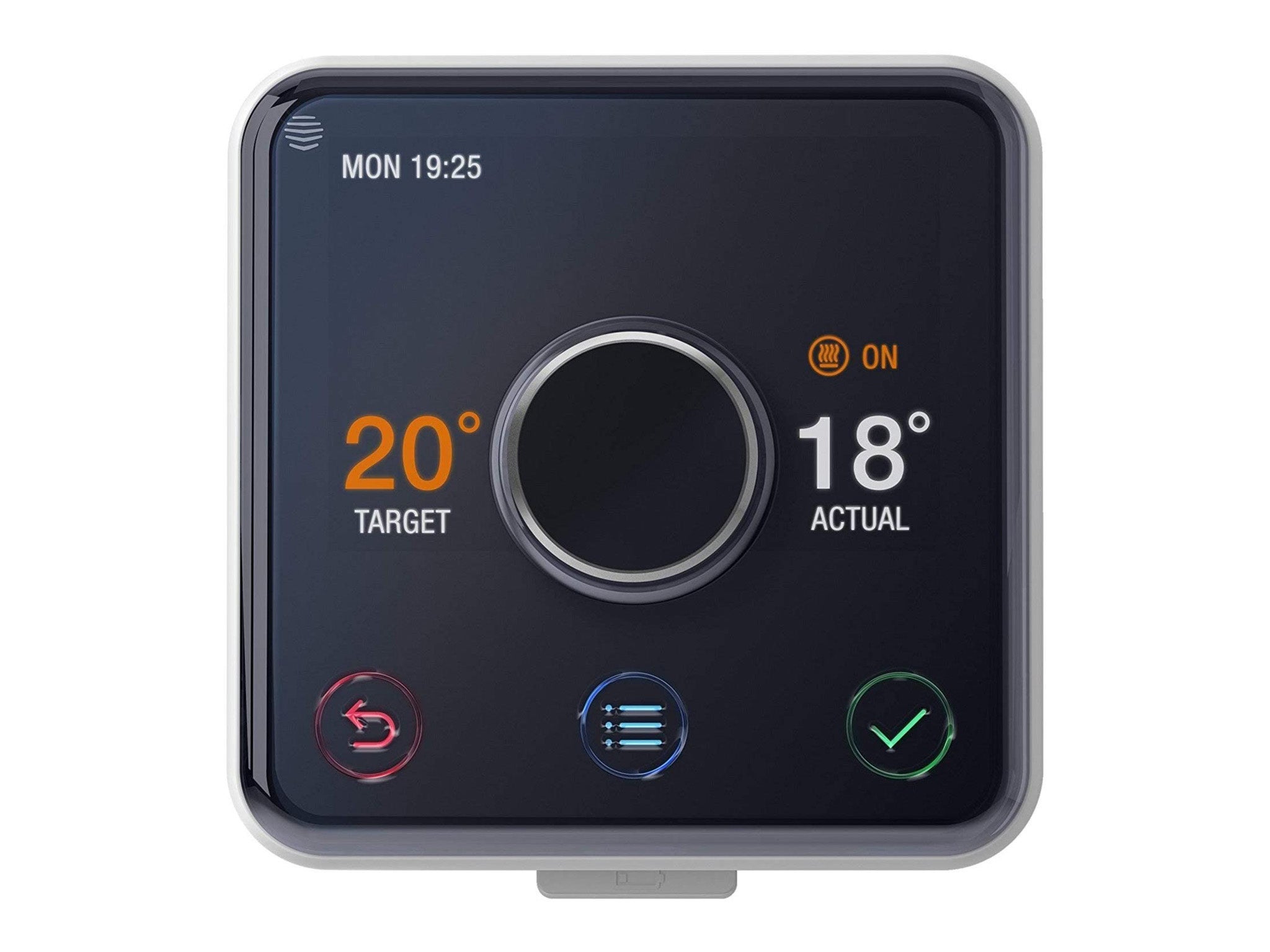
Another stylish-looking object, the Hive thermostat can be coupled with other members of the Hive family for added functionality. It connects with smart radiator valves, open window sensors and motion detectors to give you total climate control even when you’re out and about.
In our review, the tester appreciated the Hive thermostat’s design. “The Hive thermostat is certainly attractive, so you won’t worry about it being prominently placed. Like the Nest (£219, Google.com), the Hive can be set to spot when you leave the house and adjust the heating accordingly. Note that you need to add £70 for professional installation, in most cases.”
Google nest hub 2nd generation
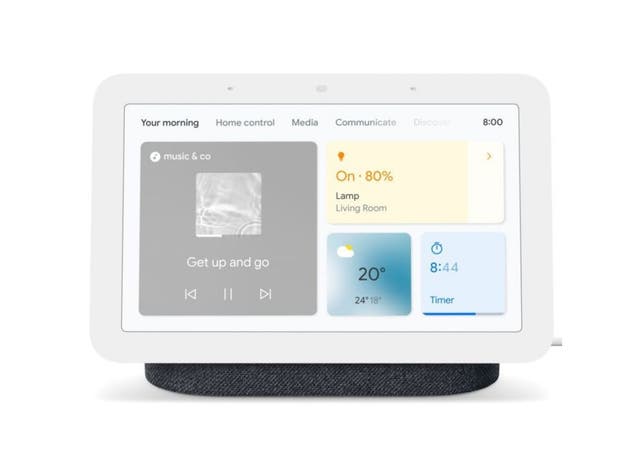
The dashboard of a connected home, the Google nest hub serves as a way to see and control all of your smart devices in one place. The 7in screen can relay a video feed from your smart doorbell, if you’ve got one, and show you at a glance which lights are switched on, whether your doors are locked and whether your heating is on full blast.
“It has a crisp, vivid 7in screen that’s great to use for video (think meal recipe tutorials or Netflix), a digital photo frame, or various apps such as your calendar or smart doorbell camera,” our reviewer wrote in our round up of the best smart speakers.
“The speakers also give a great account of themselves, surpassing the nest mini. Another couple of pretty futuristic features are ultrasound and the new Soli radar sensors. Ultrasound is used to determine how near you are to the screen, adjusting font and volume accordingly, while Soli lets the hub keep an eye on your sleep patterns without actually keeping an eye on you (there’s no camera included).”
TP-Link tapo smart plug
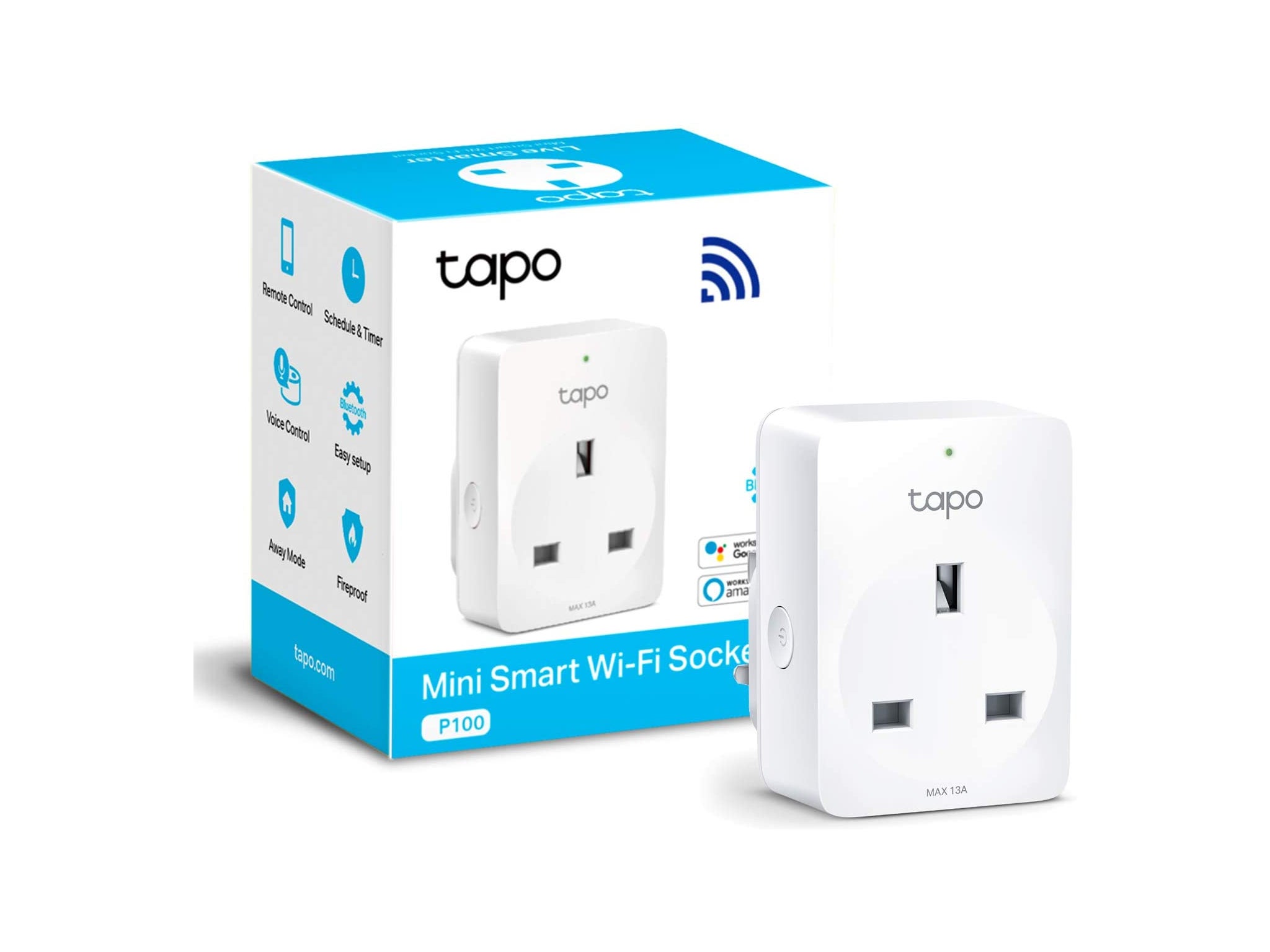
Even when switched off, most electronics go into a standby mode in which they continue to draw a small amount of electricity around the clock. Though it might seem wasteful, appliances on standby typically only add pennies to your bill – boiling the kettle just once uses more energy – so investing in a smart plug to reduce your energy usage will take some time to pay for itself.
Still, if there’s an appliance you know is draining electricity and you want to be able to turn it off remotely – mains-powered outdoor lighting, air conditioning units and portable heaters are good examples – the TP-Link tapo puts control back in your hands. This smart plug works over wifi and is compatible with Alexa and Google Home, turning dumb devices into voice-activated smart tech.
Eve aqua smart water controller
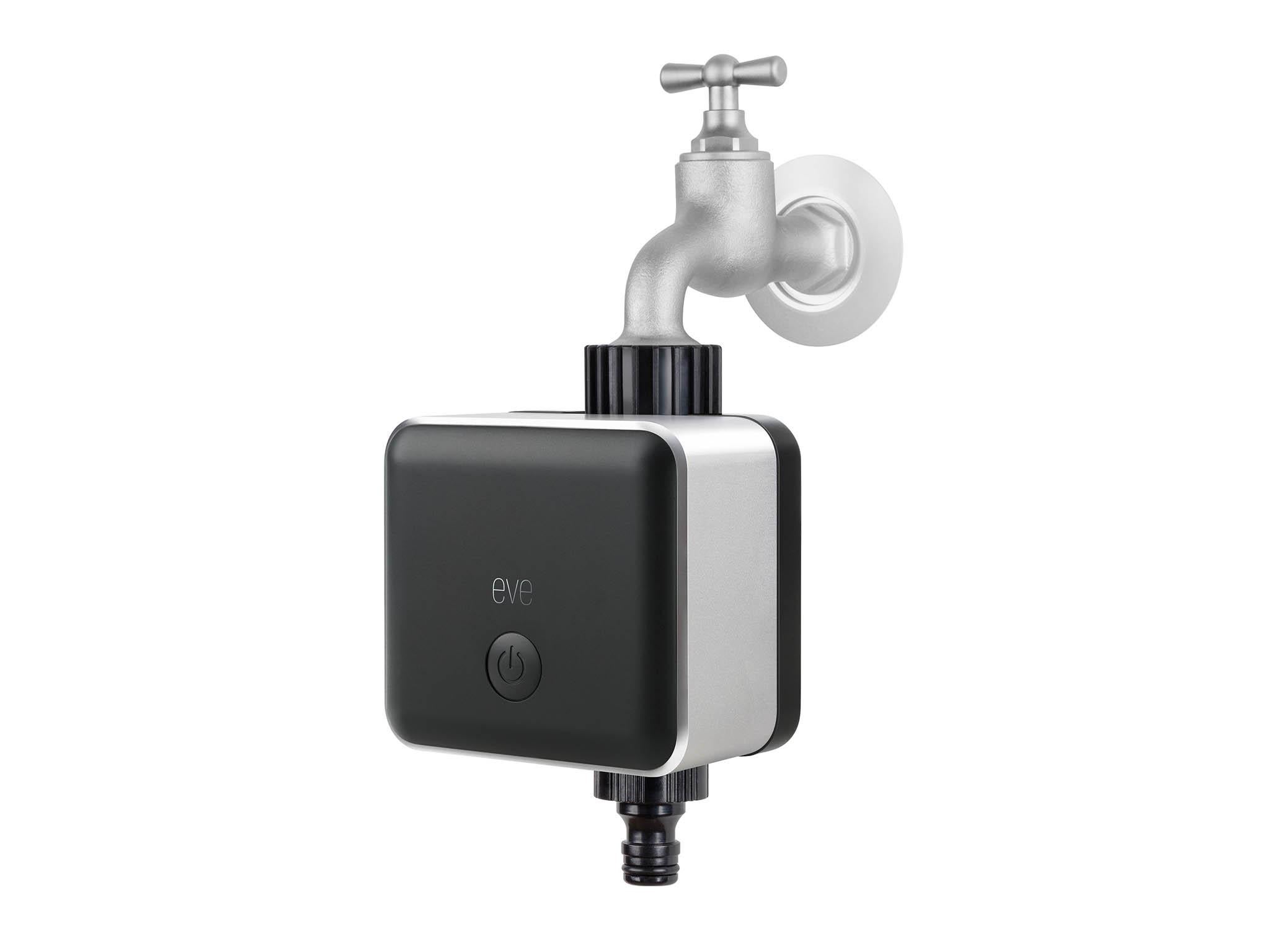
Water bills aren’t rising as quickly as energy bills, but that doesn’t mean there aren’t savings to be had by adding your garden hose to the wifi network. Smart water controllers can connect to watering systems to deliver just the right amount of H20 with no wastage or overwatering. The Eve aqua smart water controller can even tap into the weather forecast to avoid soaking your hydrangeas on the same day as a downpour.
In our review, the tester was pleased with the results. “A smart gadget company with a wide variety of great problem-solving devices, Eve has this clever tap attachment. With it in place, you can set the tap to turn on according to an easily configurable schedule, or boost with extra watering for a few minutes whenever you want, all from the iPhone or iPad app or from online. It looks good, is discreet and works brilliantly.”
If that’s a bit too smart for your liking, we also recommend Hozelock’s watering timer (£19.99, Amazon.co.uk), which simply waters your plants for a set number of minutes however often you like, or at sunrise and sunset thanks to its built-in daylight sensor.
Brighten up your abode with the best floor lamps and our round-up of the best lampshades
Voucher Codes







